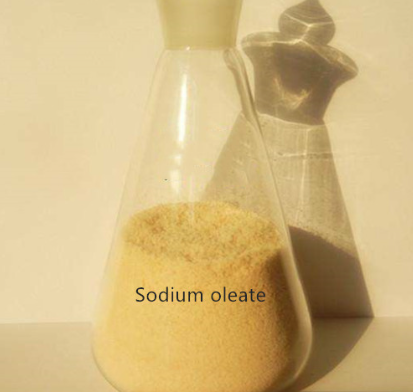Active Pharmaceutical Ingredients (API), popularly speaking, are the raw materials of medicines, only pharmaceutical raw materials are processed into pharmaceutical preparations , can they become medicines available for clinical use, so drugs we usually eat are the finished drugs through processing. Active Pharmaceutical Ingredients based on its sources can be divided into two major categories ,including chemical synthetic drugs and natural chemical drugs. Chemical synthetic drugs can be divided into organic synthetic drugs and inorganic synthetic drugs. Inorganic synthetic drugs are inorganic compounds ( very few is element), such as aluminum hydroxide, magnesium trisilicate which are used for the treatment of gastric and duodenal ulcers ; organic synthetic drugs are mainly composed of drugs made by basic organic chemical raw materials, through a series of organic chemical reactions (such as aspirin, chloramphenicol, caffeine, etc.). Natural chemical drugs ,based on its sources,can be divided into two categories including biochemical drugs and plant chemical drugs. Antibiotics are generally made by the microbial fermentation, which belongs to the biochemistry category. A variety of semi-synthetic antibiotics occurs in recent years,which are biosynthesis and chemical synthesis combining products.Among active Pharmaceutical Ingredients, the organic synthetic drugs varieties, yields and values have the largest proportion,which are the main pillars of the chemical and pharmaceutical industries. The quality of active Pharmaceutical Ingredients decides whether the formulation is good or bad , so its quality standards are very strict ,countries in the world have developed national pharmacopoeia standards and strict quality control methods for its widely used active Pharmaceutical ingredients.
Aminoacetaldehyde Dimethyl Acetal: Crucial Role in Medicinal Chemistry and its Production Method
Aminoacetaldehyde dimethyl acetal (also known as 2,2-dimethoxy-ethylamine) is the key intermediate of bulk drugs such as proline analogs and praziquantel.
Oct 24,2024 APISodium Oleate: A Dual-Action Compound Enhancing Antibiotic Efficacy While Inducing Hepatotoxicity
Sodium oleate, in combination with ampicillin, enhances the inhibition of M. Quayle biofilms, and this combination can be utilized to combat bacterial biofilm resistance.
Oct 24,2024 APIThioanisole: Chemical Properties, Applications and Photodissociation
Thioanisole is an aromatic sulfide. It is a colorless to pale yellow transparent liquid with an unpleasant odor.
Oct 24,2024 APINatural Methyl Anthranilate: A Comprehensive Overview
Methyl anthranilate (MA) is the characteristic flavor compound of Concord grapes and also appears in several essential oils such as neroli and bergamot oils.
Oct 24,2024 APICalcium Gluconate: A Crucial Compound in Health and Industry
Calcium Gluconate is approved for intravenous (IV) or oral administration to treat conditions such as hypocalcemia, cardiac arrest, or cardiotoxicity caused by hyperkalemia or hypermagnesemia.
Oct 24,2024 APIStrontium Carbonate: Applications in Bone Regeneration and its Biological Synthesis
Strontium carbonate (SrC) bioceramics are proposed as potential biomaterials to efficaciously repair the bone defects. However, the development of SrC bioceramics is restricted by their intrinsic low
Oct 24,2024 API1,1'-Bis(diphenylphosphino)ferrocene: Properties and Coupling Reactions in Materials Syntheses
1,1'-Bis(diphenylphosphino)ferrocene is a stable, redox-active, conformationally flexible diphosphine in materials science, both as a reagent and a component.
Oct 24,2024 APIMagnesium L-threonate: Effects in Alzheimer's disease and Oral Application
Magnesium L-threonate has been shown to boost brain magnesium levels in animals when taken orally. This effect is due to its unique ability to cross the blood-brain barrier.
Oct 24,2024 APIβ-Alanine: Physiological Roles and Kinetics of Ingestion
β-Alanine is a naturally occurring amino acid not used by the body to make muscle tissue. B-alanine works by increasing the muscle content of an important compound – carnosine.
Oct 24,2024 APINeodymium Oxide: Physicochemical Synthesis Methods and Cytotoxic Effects
Neodymium oxide (Nd2O3) is a rare earth oxide. It is a light blue-grey powder with a hexagonal crystal structure.
Oct 24,2024 API












